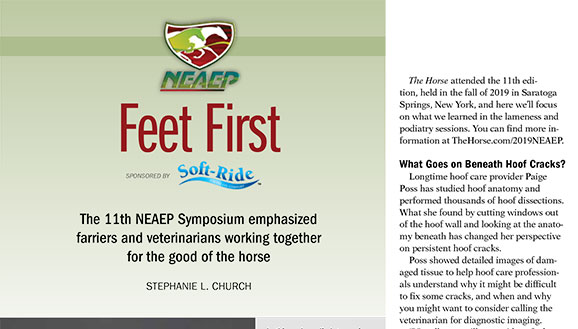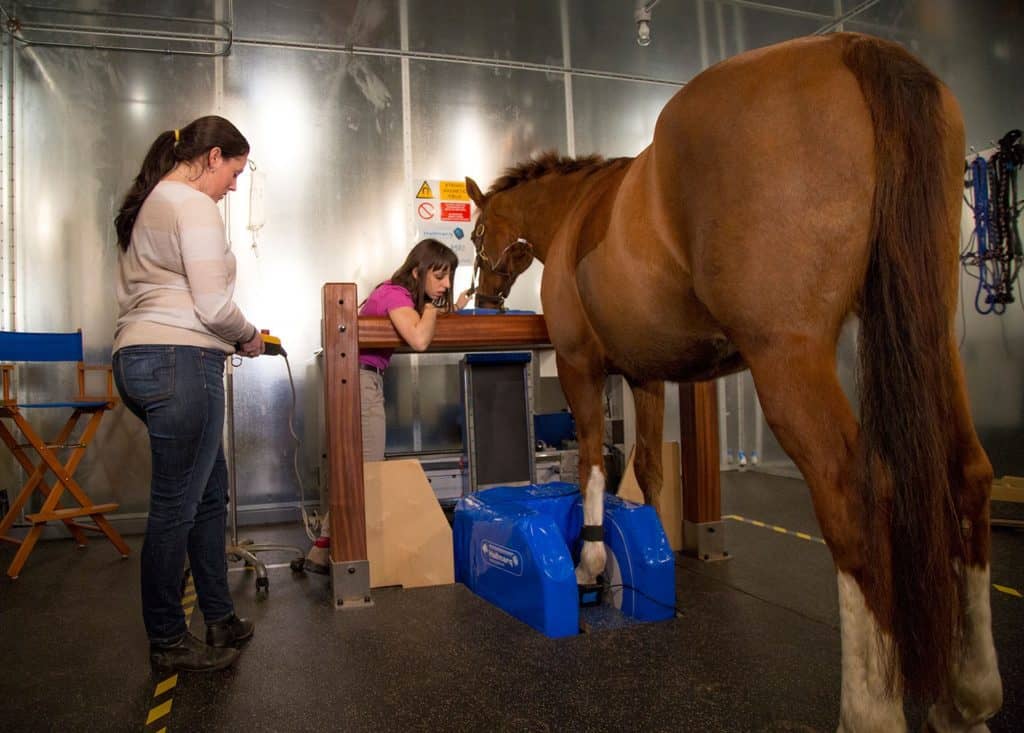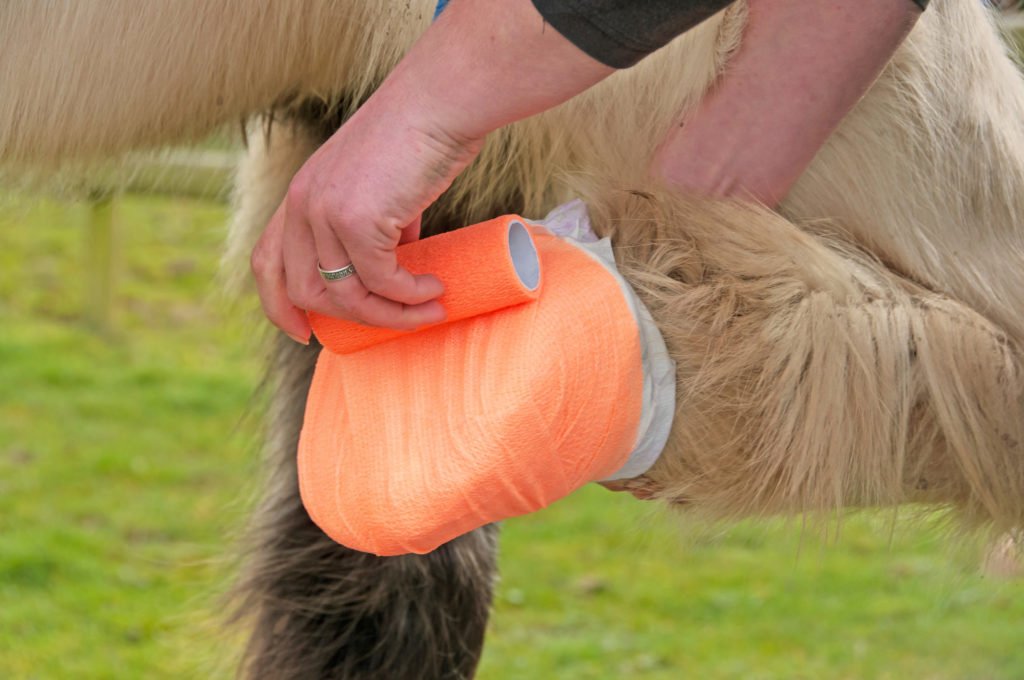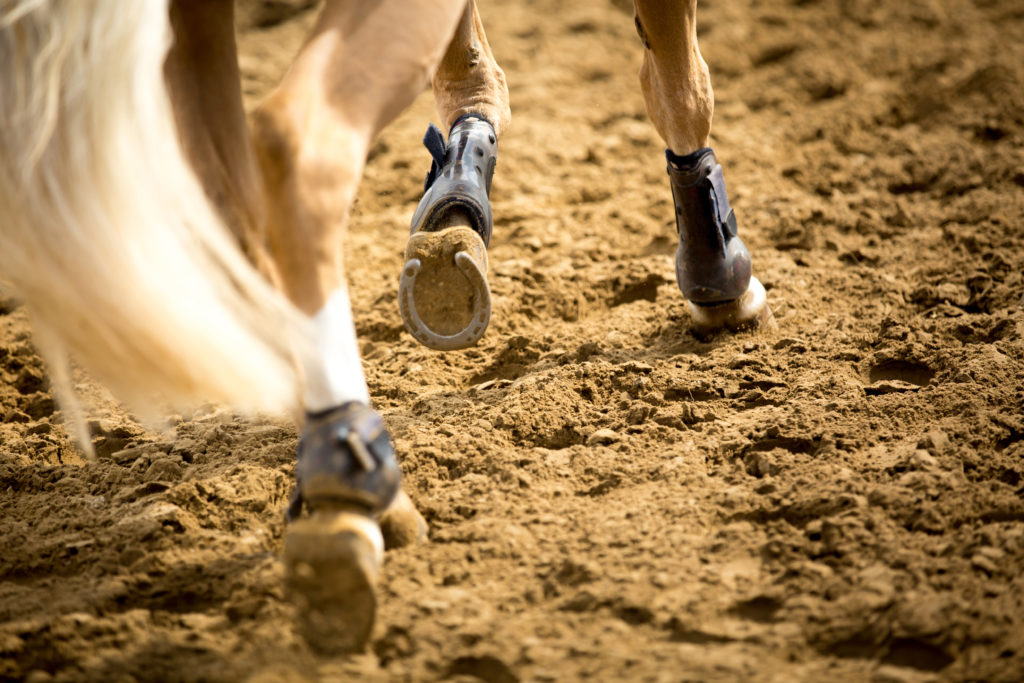
Life After Laminitis
Your laminitis survivor’s true prognosis depends on how you manage him after the worst is over.

Your laminitis survivor’s true prognosis depends on how you manage him after the worst is over.

A horse appears healthy and sidepasses well to the right, but not to the left. Could he be in pain? A sports medicine practitioner shares his thoughts.

The 11th NEAEP symposium emphasized farriers and veterinarians working together for the good of the horse. Read our in-depth coverage in this free report, sponsored by Soft-Ride.

Something on the X rays looks a bit off—is it significant or of no consequence? It depends on what you find.

A veterinarian explains terms often used to describe horses with front-limb lameness.

Here’s what we know and are learning about defining, diagnosing, and treating this painful foot disease.

When the going gets muddy, the muddy get hoof problems. Here’s what to watch for in your horses.

What is a venogram, and how is it used to help diagnose laminitis?

Here’s how to manage senior horses’ aging teeth, joints, lungs, and more.

Your horse’s feet are his foundation. What does a healthy hoof look like? Does your horse need shoes, or is he fine barefoot? And what about hoof boots? Learn how to work with your farrier (or trimmer) and veterinarian to ensure your horse’s feet receive the right care.

Do abscesses occur more often in front or hind hooves? Do male or female horses recover from hoof abscesses quicker? When are abscesses most commonly diagnosed? Researchers found answers to these questions and more in a recent study.

Multiple hoof-related factors can affect a horse’s performance—including balance, trim, shoes, pads, support materials, and more. Here’s how farriers can help a horse reach his potential.

Learn about veterinarians’ current understanding of navicular syndrome with these articles, downloads, videos, and more. Sponsored by Dechra Veterinary Products.

Recognizing and treating club feet in young horses can help them succeed in their intended discipline and, ultimately, prevent lifelong hoof complications.

Anecdotally, we know that hoof anatomy influences horse soundness and movement, but researchers are working to put science behind that relationship. Here’s what they’ve learned so far.

A systematic approach to examining the equine foot can help veterinarians identify causes of lameness more quickly and accurately.
Stay on top of the most recent Horse Health news with
"*" indicates required fields